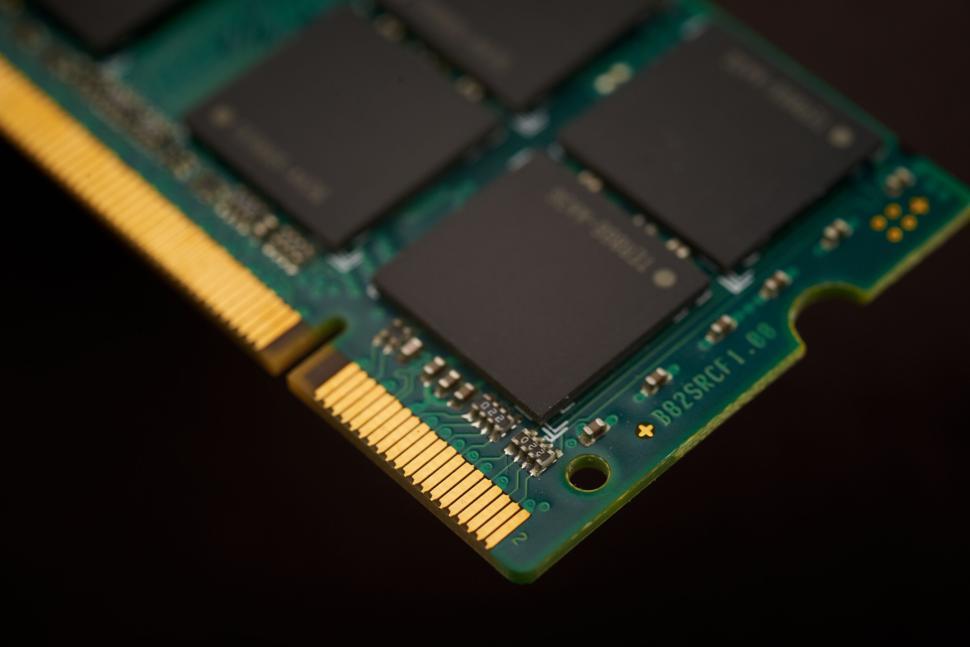Eidetic Memory Vs. Photographic Memory
페이지 정보
작성자 SN 작성일25-11-13 00:24 (수정:25-11-13 00:24)관련링크
본문
 Saul McLeod, PhD., is a certified psychology teacher with over 18 years of expertise in further and better schooling. He has been published in peer-reviewed journals, including the Journal of Clinical Psychology. Olivia Guy-Evans is a author and associate editor for Merely Psychology. She has previously worked in healthcare and educational sectors. Can you Prepare Your Mind to Get a Photographic Memory? Eidetic Memory Wave Routine refers to the power to vividly recall photographs from memory after just a few situations of exposure, with high accuracy for a short time after exposure, with out using a memory aid. Photographic memory, although often used interchangeably with eidetic memory, implies the power to recall in depth details, like complete pages of text, with excessive precision. Genuine photographic memory’s existence is debated and hasn’t been conclusively confirmed. Eidetic memory is extra frequent in youngsters, with only about 2 to 15% of American kids below 12 exhibiting this trait.
Saul McLeod, PhD., is a certified psychology teacher with over 18 years of expertise in further and better schooling. He has been published in peer-reviewed journals, including the Journal of Clinical Psychology. Olivia Guy-Evans is a author and associate editor for Merely Psychology. She has previously worked in healthcare and educational sectors. Can you Prepare Your Mind to Get a Photographic Memory? Eidetic Memory Wave Routine refers to the power to vividly recall photographs from memory after just a few situations of exposure, with high accuracy for a short time after exposure, with out using a memory aid. Photographic memory, although often used interchangeably with eidetic memory, implies the power to recall in depth details, like complete pages of text, with excessive precision. Genuine photographic memory’s existence is debated and hasn’t been conclusively confirmed. Eidetic memory is extra frequent in youngsters, with only about 2 to 15% of American kids below 12 exhibiting this trait.
 This skill dwindles in adulthood. The prevalence in kids might arise from their reliance on visual stimuli, whereas adults steadiness between visual and auditory cues, impeding the formation of eidetic recollections. Conversely, there’s no conclusive evidence supporting the existence of real photographic memory. Despite some individuals boasting incredible memory capabilities, the thought of instantly encoding a picture into an impeccable, everlasting memory has been debunked repeatedly. Even outstanding memories, like LeBron James’ recall of basketball games, are probably resulting from intense focus and fervour, not a so-called "photographic memory." Some declare to own this memory type but usually make the most of mnemonic techniques to enhance recall. "Hyperthymic syndrome" is typically linked to photographic memory, describing individuals who remember vast quantities of autobiographical detail. In essence, eidetic memory offers a almost precise mental snapshot of an occasion. Whereas primarily visual, it could possibly encompass different sensory aspects related to the image. Comparatively, "photographic memory" denotes the flexibility to recall extensive detail with out the distinct visualization associated with eidetic memory.
This skill dwindles in adulthood. The prevalence in kids might arise from their reliance on visual stimuli, whereas adults steadiness between visual and auditory cues, impeding the formation of eidetic recollections. Conversely, there’s no conclusive evidence supporting the existence of real photographic memory. Despite some individuals boasting incredible memory capabilities, the thought of instantly encoding a picture into an impeccable, everlasting memory has been debunked repeatedly. Even outstanding memories, like LeBron James’ recall of basketball games, are probably resulting from intense focus and fervour, not a so-called "photographic memory." Some declare to own this memory type but usually make the most of mnemonic techniques to enhance recall. "Hyperthymic syndrome" is typically linked to photographic memory, describing individuals who remember vast quantities of autobiographical detail. In essence, eidetic memory offers a almost precise mental snapshot of an occasion. Whereas primarily visual, it could possibly encompass different sensory aspects related to the image. Comparatively, "photographic memory" denotes the flexibility to recall extensive detail with out the distinct visualization associated with eidetic memory.
Eidetic memory describes the ability to retain memories like photographs for a short time. It includes recalling visual particulars in addition to sounds and other sensations related to the image in an exceptionally accurate manner. In contrast to photographic memory, eidetic memory doesn't require prolonged exposure to a picture and the recall is just not good or everlasting. Eidetic memory is a transient type of brief-term memory. Whenever you visually witness something, it goes into your eidetic memory for moments earlier than being discarded or relayed to short-time period memory. Once in short-term memory, it could also be remembered for days, weeks, or months when will probably be scrapped or dispatched to lengthy-term memory. Naturally, when info is relayed from eidetic memory to quick-time period memory, it's forwarded as knowledge reasonably than a exact image you could see in your mind’s eye. For instance, you discover your keys on the counter in passing and later assume that you most likely have to find your keys.
You recall out of your brief-time period memory that you simply caught them on the counter, but you would not be capable of imagine them as clearly as in case you have been taking a look at them. Photogenic memory works significantly differently. With a photographic memory, the picture of the article is maintained briefly-term or long-term memory. Photographic memory denotes the power to recall whole pages of textual content or numbers in detailed precision. A person who has a photographic memory can shut their eyes and see the factor of their mind’s eye simply as plainly as if that they had taken a photograph, even days or weeks after they witnessed the thing. This sort of memory is scarce and difficult to verify. As we mentioned before, eidetic memory is often found solely in younger children, and virtually absent in adults. Kids maintain much more functionality for eidetic imagery than adults, indicating that a developmental change, similar to buying language abilities, might disrupt the opportunity of eidetic imagery.
Eidetic memory has been found in about 2 to 10 % of children aged six to twelve. It has been theorized that language acquisition and verbal skills allow older children to think more abstractly and subsequently depend much less on graphic memory techniques. In depth analysis has did not reveal constant relationships between the presence of eidetic imagery and any emotional, neurological, intellectual, or cognitive measure. Very few adults have had phenomenal recollections (not necessarily of photographs), but their capacities are also detached from their intellect levels and are highly specialized. In extreme cases, like those of Kim Peek and Solomon Shereshevsky, memory skills can reportedly inhibit social expertise. Shereshevsky was a conditioned mnemonist - not an eidetic memorizer - and there are no examinations that demonstrate whether Kim Peek had a genuinely eidetic memory. Additionally, based on sources, the mathematician John von Neumann might recall every book he had ever read from memory. Can you Train Your Brain to Get a Photographic Memory?
댓글목록
등록된 댓글이 없습니다.

